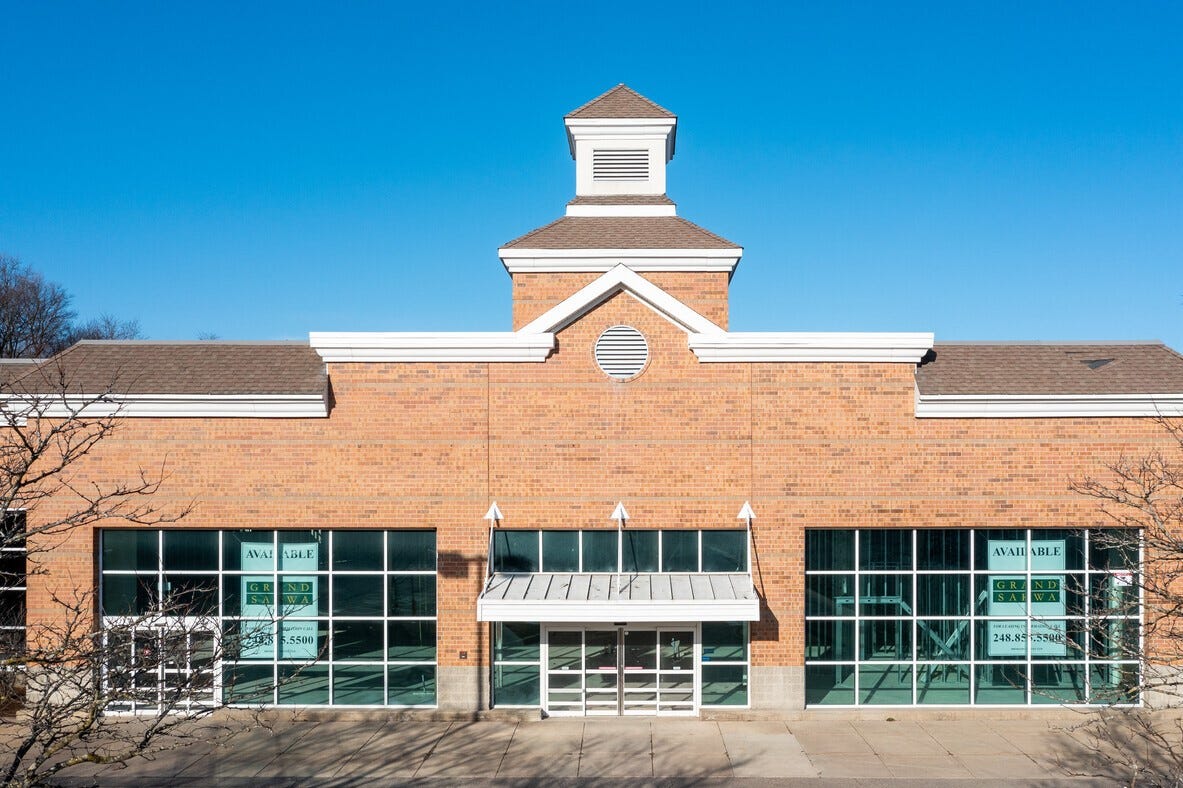Six Years After Bankruptcy, >90% of Toys R Us Stores Have New Uses and/or Adaptive Reuses
Today marks exactly 6 years since Toys R Us filed for bankruptcy.
All 725 of its Big Box retail stores - over 30 million square feet of space - were ultimately closed.
But over 90% of former Toys R Us sites now have new tenants.
The most common new use of a former Toys R Us?
An "off-price" retail store operated by Burlington Stores, Big Lots or Ollie’s Bargain Outlet.
Those 3 retailers alone took approximately 130 former Toys R Us stores, or ~20% of ALL re-tenanted sites!
Other common Toys R Us re-uses include:
Furniture stores (20% of re-tenanted sites);
Grocery stores (9%);
Craft stores (6%); and
Sporting Goods retailers (5%)
Additionally, over 110 Toys R Us stores (~17% of re-tenanted sites) have been converted into non-retail uses such as self-storage, gyms, family entertainment centers and medical facilities.
Some former Toys R Us sites have even been converted into even more unique and creative uses including a Tesla dealership, a church and and even a fully enclosed indoor car wash!
Why has Toys R Us real estate been in high demand?
Location - most Toys R Us stores were located in dense, high traffic retail trade areas. Many were situated on large parcels with plenty of available parking, easy access and good visibility - features that are attractive to all types of retailers.
Building Type - more than 1/3 of Toys R Us stores were freestanding buildings that were not attached to or part of larger shopping centers. They featured high ceilings, no interior load bearing walls and many were located in communities that were willing to re-zone the properties to accommodate alternate uses. This enabled many former Toys R Us sites to be converted to non-retail uses such as for automotive service and self-storage – or even demolished and redeveloped into small multi-tenant buildings and restaurants. Only 12 Toys R Us stores were in malls where adaptive re-use is more challenging.
Lost Sales/Market Share Capture - despite the fact that the Toys R Us chain filed for bankruptcy and liquidated, many individual stores actually generated high sales volumes and operated profitably. As a result, retailers that offered comparable products and/or targeted similar consumers as Toys R Us had a unique opportunity to capture some of these lost sales by locating in stores that had a proven sales record and customer base.
What are takeaways from the rapid re-tenanting of Toys R Us real estate?
Demand continues to be strong for Big Box real estate - especially among “2nd generation” users - like Burlington, Big Lots, and Ollie’s - that seek stores that can be leased at low rents and do not cost much to renovate (especially if they come with a proven customer base).
Well located Big Box real estate has significant adaptive re-use potential. Good retail sites are often just as good (or even better) for other uses - and freestanding Big Box buildings can be readily adapted for other uses.
The bankruptcy of a large retailer does not automatically result in long-term vacancy. Toys R Us is not unique; many of the thousands of stores vacated by Kmart, Sports Authority and other bankrupt retailers were also backfilled or redeveloped with relatively short periods of downtime.
Ultimately long term retail vacancies will likely be concentrated in functionally obsolescent properties with limited redevelopment flexibility (like many enclosed malls).
And as for the remaining retail real estate?
It may even be more in demand for a productive use…
Or a creative adaptive reuse!







